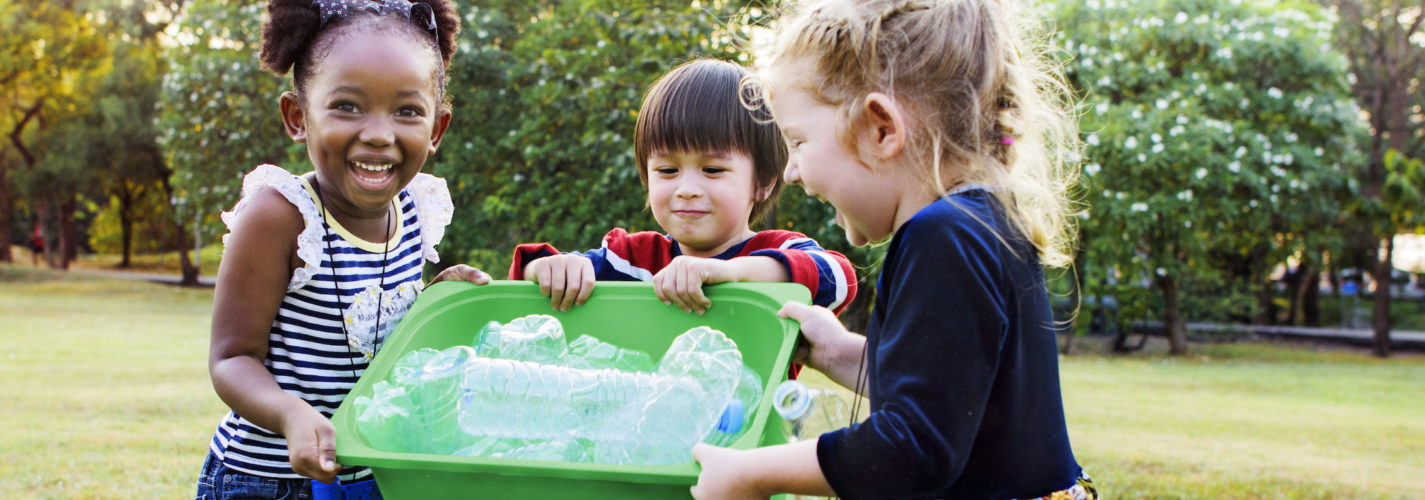Student Voice: Making Good Students and Citizens Through Community Involvement
By Sandhya Kumar
This post is the second in a series from students calling for more community engagement opportunities in the classroom. You can read the first post here.
As a high school student, I’ve experienced a wide range of teachers, classes, and lessons. The educational experiences that stand out most, and that have had the greatest impact on my academics and my professional growth, all had one thing in common: community involvement. By bringing community into the classroom, or our classroom out into the community, my best educational experiences helped me understand, and become invested in, the community around me. Education that’s grounded in the community not only helps students become better citizens, it also benefits us academically. I call on educators to find new ways to connect their students with their community—and for students to take full advantage of these opportunities.
WHAT EXACTLY IS COMMUNITY INVOLVEMENT?
According to Vanderbilt University’s Janet Eyler and Dwight Giles, Jr., in the context of education, community involvement is:
“[A] form of experiential education where learning occurs through a cycle of action and reflection as students…seek to achieve real objectives for the community and deeper understanding and skills for themselves. In the process, students link personal and social development with academic and cognitive development…experience enhances understanding; understanding leads to more effective action.”
For me, community involvement in school has most often come in the form of service learning projects—and it’s been the most effective and engaging way for me to learn. Although they can come in a variety of formats, these types of projects often give students a chance to get real-world experience related to their subject material. For example, students might volunteer to help with voter registration for a government class; or develop a website for a local organization during a computer science and coding class.
As a high school student, I often feel as though what I’m learning in school doesn’t apply to my daily life or my future. A question my peers and I have often pondered is, “How is this going to make a difference?” Community involvement and service learning projects answer this question by giving us the chance to connect academics with the world and people around us. Ultimately, connecting what I’m learning class to the world around me, and working to better that world, helps me better understand both the subject matter as well as my community.
A “PASSION PROJECT”
When I was in seventh grade, my teacher announced that we would do a community service learning project, or what she called a “passion project.” At first, it was hard to understand what we would be doing since the concept was so new. However, my classmates and I became excited when we realized that, for the first time in school, we’d each have the chance to explore something that we were truly passionate about.
For my project, I knew I wanted to pursue my interest in medicine and, specifically, help patients at the Mayo Clinic. I also applied this to an assignment in my Communications Arts class, where we had to make videos to raise awareness of an issue that could convince an audience to donate money. Ultimately, a friend and I decided to organize a fundraiser for supplies, which we used to make fleece tie blankets for children with cancer staying in the local Ronald McDonald House.
Through this project, I became more knowledgeable in so many aspects. I gained video production skills and persuasion techniques, learned about cancers common among children, and got to know, and work with, an organization in my community. I also learned what worked and what didn’t when leading a group to accomplish a task.
Each of us had ownership over our project, and it showed. The projects varied in terms of where we volunteered, and what we learned. One student who was interested in science volunteered with the local nature center. Another student who enjoyed music organized a group to play their instruments at the farmers’ market to raise money for a nonprofit organization. The end-results reflected the varied interests, and strengths, of our class. It was unlike any class project we’d ever done before.
THE BENEFITS OF COMMUNITY INVOLVEMENT
Some may argue that time spent on service learning takes away from students’ academics, however the opposite is actually true. From personal experience, I know that involving students in our community makes learning more engaging and interesting. By its very nature, community involvement requires us to be engaged; and because there is no one right way to be involved, it also allows us to use our creativity. For example, during my seventh-grade passion project, students were able to channel their unique interests—such as nature or medicine—through art, music, and volunteering, all to do something good for our community.
In addition to these benefits, community involvement actually has a positive impact on academics. A study published in the Journal of College Student Development, found that students who participated in service learning experienced increases in GPA, spent more time devoted to homework, and were 50 percent more likely to interact with their teachers and faculty. Though this study looked at undergraduate students, the results illustrate the good that can come from incorporating community involvement into learning for all students.
By integrating community into education, I believe educators can help my generation prepare for our futures, and be more invested in those of our neighbors. I also believe that we students can maximize these opportunities to become better students and better citizens.
EdAllies seeks to elevate diverse voices and foster a candid dialogue about education. While we provide our blog as a platform for EdVoices and other guest contributors, the views and opinions they express are solely their own.

